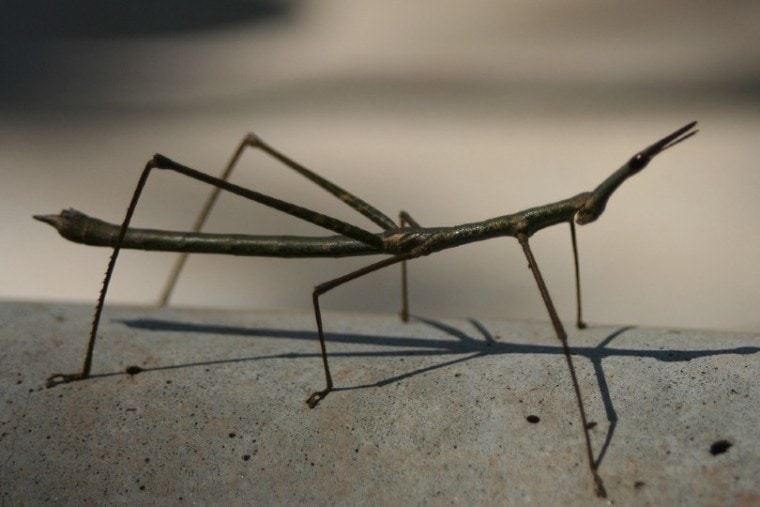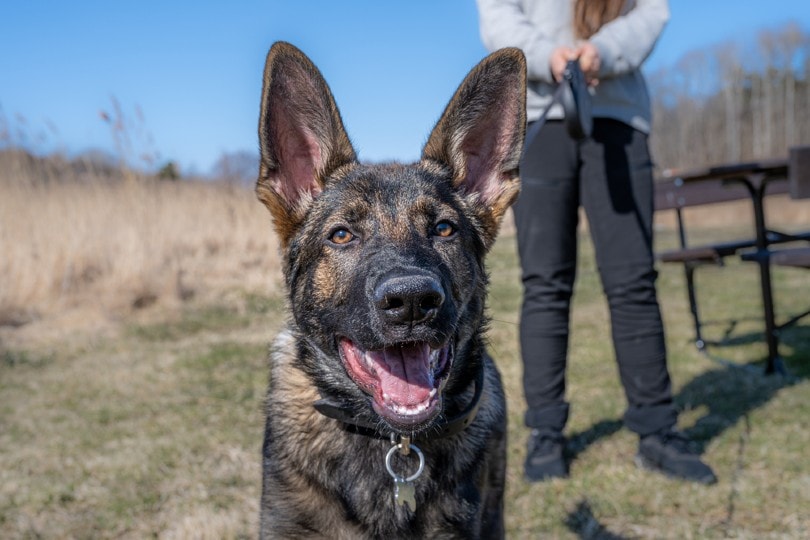
There are more than 3,000 different species of stick insects in the world. They are popular pets among insect enthusiasts due to their low-maintenance care level and interesting appearance. If you are planning on keeping stick insects as pets, you’ll need to know what to feed them. They are herbivores and prefer eating leaves. Keep reading to learn more about what they eat in the wild and what you should feed them as pets.
Walking Stick Insects in the Wild
The adult walking stick in the wild can range from 1 to 12 inches in length, depending on the species. Their colors vary and can include green, brown, yellow, white, and gray. Their primary means of protection from predators is their ability to resemble a twig or stick and blend in.
The many different species of walking stick insects have one thing in common: they are all herbivores. Depending on the species, certain plants might be preferred, but leaves are almost always the favorite part of the plant for walking stick snacks.
Since they can be found on every continent except Antarctica, the diet of a walking stick insect includes thousands of different leaves. Their environment varies from temperate to tropical climates. They live in woodlands and tropical forests. They rarely come down to ground level, instead spending most of their lives in trees.
Walking Stick Insect Diet in the Wild
While the types of leaves an adult walking stick eats vary, some are commonly consumed by different species.
Most of these plants are widely available and hardy in the wild. This makes them excellent food choices for these hungry insects.
Destruction of Walking Stick Habitat and Impact on Diet
Unfortunately, many walking stick insects are losing their habitat and thus, their food source due to deforestation. This has resulted in the loss of many of these insects in the last few decades. Another reason for the loss of many walking sticks is the use of pesticides. They are sensitive to these chemicals, and many of their food sources have been contaminated with pesticides.

Pet Walking Stick Insects
Walking stick insects are popular pets. They require little in the way of care, outside of a tank and food. You’ll want to feed your pet insects a diet similar to what they would eat in the wild.
Most insect keepers pick leaves from around their homes for their pets. You’ll likely be limited to the leaves that are available near your home, so you’ll have to experiment and see which leaves your walking sticks gravitate to.
How Much Should You Feed Your Walking Stick Insects?
You should always have a few leaves in your walking stick’s tank. It’s best to put whole branches with fresh green leaves in the tank. As the leaves begin to die, you should replace the branch with a new one. You’ll also want to mist the leaves with a spray bottle, as the walking stick gets water from the leaves.
What Shouldn’t You Feed Them?
Walking stick insects will only eat fresh, green leaves. Don’t feed them dead vegetation because they won’t eat it. You should also remove any dead leaves from the tank.
When you are picking leaves to feed your walking stick, there are several things that you want to avoid.
Final Thoughts
Walking stick insects are popular pets among insect fans. They are relatively easy to care for, and their diet consists of one thing: leaves. You’ll want to test several types of leaves available in your area to see which types your walking stick likes. You also want to make sure they are pesticide- and spider-free before putting the leaves in your pet’s tank.
See Also:
- What Do Katydids Eat in the Wild & as Pets?
- Interesting Insects That Make Great Pets (With Pictures)
Featured Image Credit: Rebekah Johnson, Pixabay







